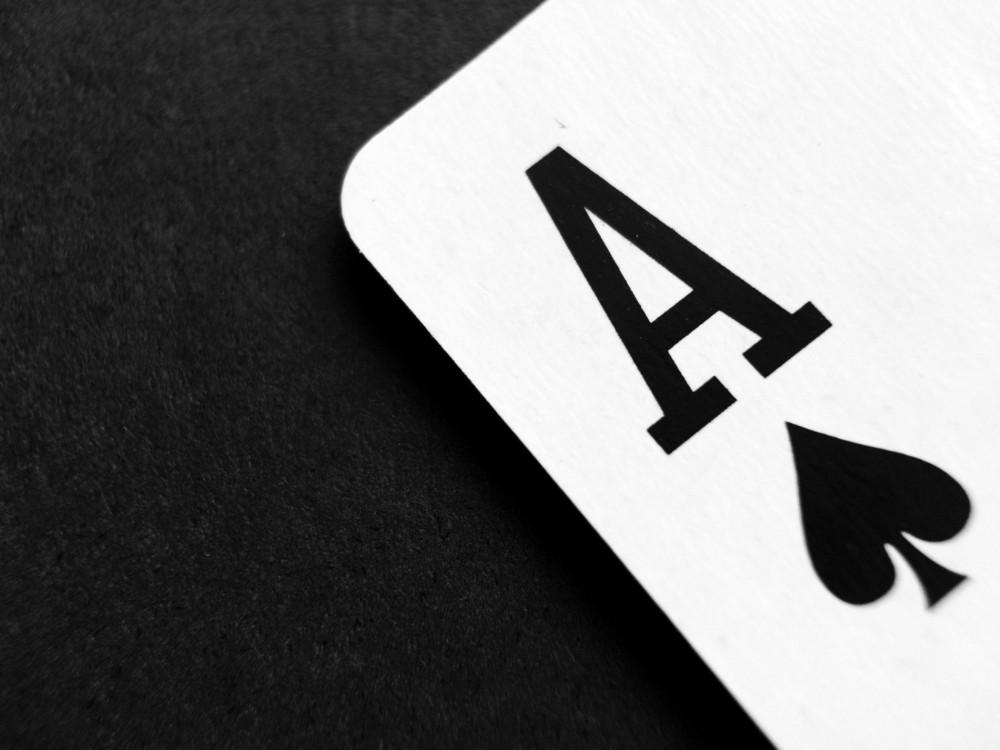
In the previous article about poker basics, we discussed a simple but very important concept – pot odds. This time we will discuss the continuation of the concept – implied odds. Calculating pot odds allows a player to easily calculate the theoretical profitability of some decisions. We noticed that blindly calculating the probabilities mathematically often leaves us without a basis to call an opponent's bet (i.e., we will less frequently complete our flush and straight draw than the probabilities given to us). Calling a bet that gives 25% pot odds with an 18% chance to complete your draw is a -EV decision.
Usually, this would mean that we should fold many of our draws to most bets. Observing the play of good poker players, we will see that they often call both half-pot and proportionally larger bets when they have a flush or straight draw. Such decisions are enabled by a concept closely related to pot odds – implied odds.
Implied odds is a continuation of the pot odds concept, meaning the additional amount of chips a player will earn if their draw completes. For example:
Hero:
Villain:
Pot: 4 BB
Flop:
Villain bet: 2 BB
Hero: Call
Turn:
In such a situation, the opponent is likely to continue their bets when the turn card comes out or will be inclined to call a small bet when the river card comes out. Of course, if the opponent is bluffing, they may often continue with bluffs on the turn and river.
Implied odds, although somewhat more abstract than pot odds, sometimes allow us to call certain bets knowing that if our draw completes, we will surpass the opponent and they will call (or continue) our bet.
So, sometimes by calling bets with only a draw, we make -EV decisions (i.e., theoretically lose money). Implied odds suggest that sometimes by making -EV decisions, we can recover much more EV in later streets if we complete our draw.
Calling bets on the flop can have an additional reason for this action – the opponent's turn checking. If we call a half-pot bet on the flop, but the opponent checks the turn, we then get two cards to complete our draw for the price of one bet. Of course, we can never know in advance whether the opponent will skip the bet or not, but by observing the player's tendencies, bluff frequency/infrequency, we can sometimes add the probability of a turn check to the additional reasons.
NOTE! Implied odds are used for good draws, often applied only to one card draw and small/medium-sized bets. This poker concept should not be overused, as the larger the bet we call with a draw (i.e., the larger the -EV decision we make), the more chips we need to recover if it completes. The opponent may simply not call such large raises or bets, which would turn the previous -EV decision into +EV.





